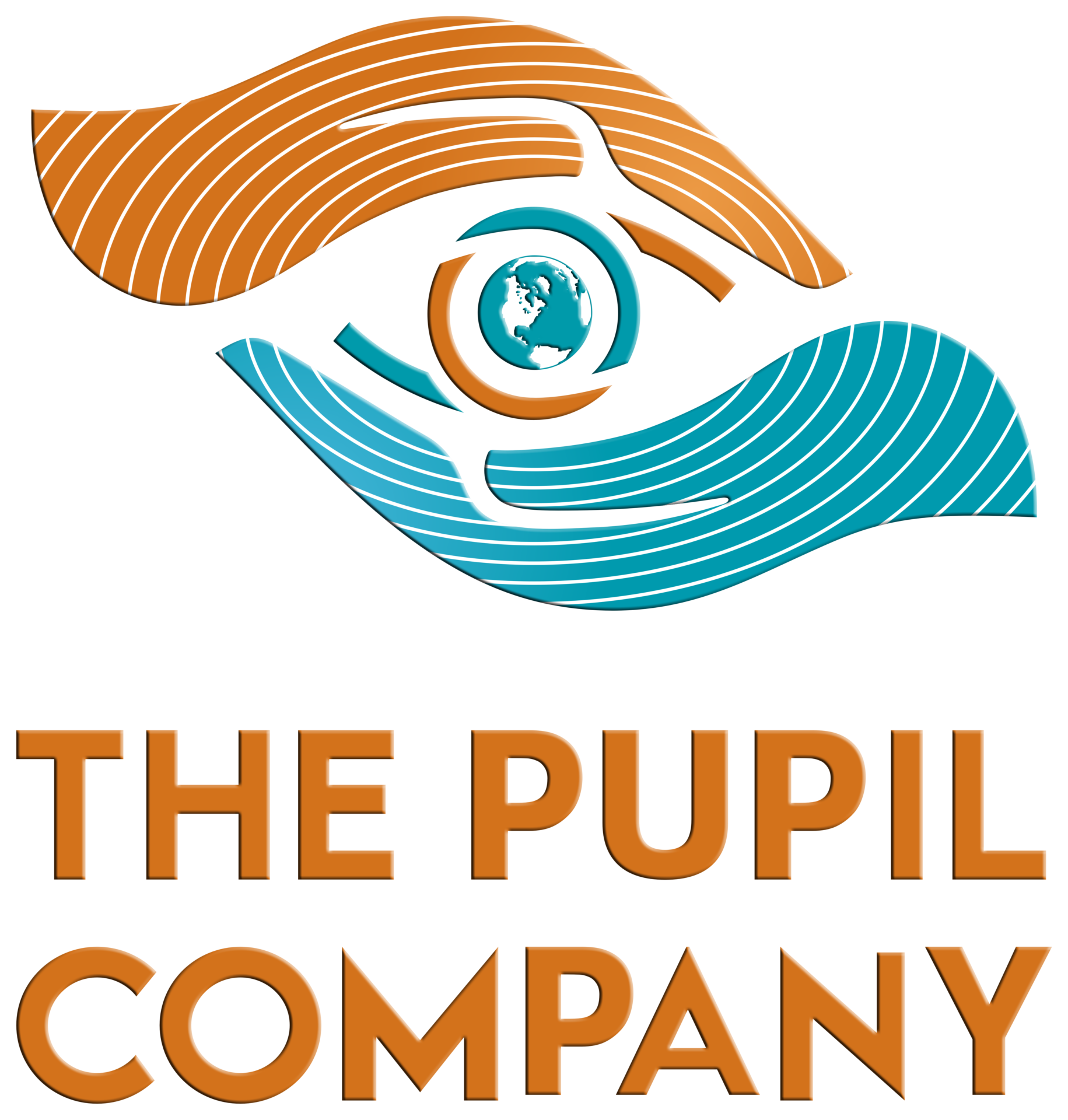Halloween is more than a holiday- it’s a day that provides keen insight into the machinations of the human mind.
We don’t just dress as another- we become them for a few hours.
If you pay attention to children, this isn’t an activity relegated to one day a year; imagination is, nearly without fail, a daily activity.
Why?
I believe there is a draw in us to incarnate, even if for a few moments, who we could be- the highest ideals of what we are capable of; to have courage like Captain America; to develop skills like Black Widow; to have a sense of justice like Batman.
That’s precisely why diversity in media is so important; for instance, Black Panther was more than just a movie- it was an invitation for black folks to live in a space, even for 2 hours, where black excellence is celebrated; it was also an invitation for white folks to reflect on what could be possible, specifically the universal benefits of every community being allowed to flourish.
This process places the audience in the shoes of the protagonist and leads them on a journey of chasing an ethic, learning new skills, and accomplishing their goals.
This is starkly in contrast to a didactic style
With normal, didactic, training programs a facilitator assembles a series of facts and presents those to learners for them to memorize. This process could be loosely called “learning,” but is it?
Simply memorizing facts does not equip the learner with accessible skills to properly embody the role that they are attempting to fit into.
No doubt, if you’ve spent any time in a corporate training setting, you’ve heard the phrase, “it’ll make sense when you get into production.” Surely that is, but is it how it ought to be?
Any steps that we can take as educators to shorten the chasm between training and production should be adopted immediately.
That is precisely why a narrative approach to learning is so powerful.
As an educator you are creating space for your learner to incarnate, in this context, specifically into the role they are going to inhabit once training is done.
You are providing the blank page for their imagination to roam into their new position and to try on the skills that they are going to exercise on a daily basis.
The steps to accomplish this style are as follows:
- Create a world that captures the imagination of the learner and the characteristics of the material that is to be learned.
- Create a “hero” with which the learner can identify
- Allow the “hero” to display the skills and knowledge that the learner will need in their day-today- work life.
- Present challenges that mirror the problems that your learners will be expected to solve when in production.
- Segment those challenges into manageable segments that will allow for adequate reflection.
What’s YOUR Vision?

